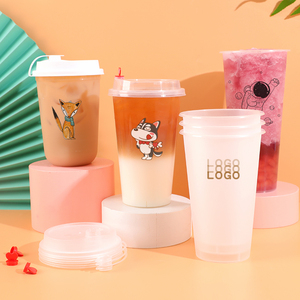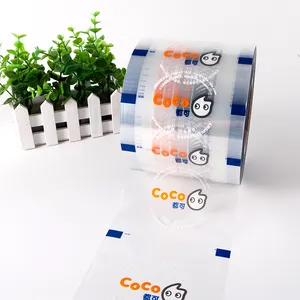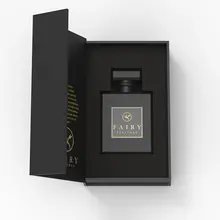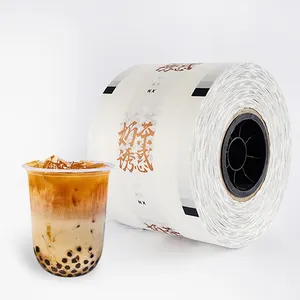Exploring the Versatility of Seal Cups
Seal cups, a pivotal category within the plastic industry, serve a multitude of purposes across various sectors. These cups, designed to provide an airtight seal, are essential for preserving the freshness of consumables and ensuring the integrity of numerous products. This introduction delves into the diverse applications, materials, and features of seal cups, highlighting their significance in everyday use and specialized scenarios.
Materials and Composition
The composition of seal cups is as varied as their applications. Predominantly made from materials such as polyethylene (PE) and polyvinyl chloride (PVC), these cups offer durability and flexibility. Innovations in the sector have also led to the development of biodegradable options, catering to the growing demand for sustainable products. The choice of material impacts the cup's transparency, color, and resistance to factors like ultraviolet (UV) rays, which is crucial for protecting sensitive items.
Types and Features
Seal cups come in an array of types, each tailored to specific needs. UV-resistant options are ideal for agricultural use, safeguarding plants from harsh sunlight, while blackout variants cater to operations requiring controlled light exposure. The versatility extends to the color spectrum, with seal cups available in hues ranging from clear to vibrant pinks, yellows, and purples, accommodating both aesthetic preferences and functional requirements.
Applications in Daily Life
In everyday life, the presence of seal cups is ubiquitous. From the kitchen, where food-grade films keep edibles fresh, to the moving day necessities where protective films shield furniture from dust and damage. Their utility is not limited to the home; these cups are also instrumental in organizing events, whether it's a dinner party or an outdoor picnic, providing convenience and cleanliness.
Environmental Considerations
With environmental consciousness on the rise, the seal cup industry has adapted by offering biodegradable wraps. These eco-friendly alternatives decompose over time, reducing the ecological footprint and appealing to consumers who prioritize sustainability without compromising on the sealing efficiency.
Conclusion
Seal cups are an integral component in various domains, from preserving food to aiding in agricultural practices. Their diverse material composition, coupled with a range of types and colors, ensures that there is a seal cup suitable for every need. As the industry evolves, so does the commitment to environmental sustainability, with biodegradable options becoming increasingly prevalent. The adaptability and practicality of seal cups make them a staple in both commercial and personal use.








































 浙公网安备 33010002000092号
浙公网安备 33010002000092号 浙B2-20120091-4
浙B2-20120091-4